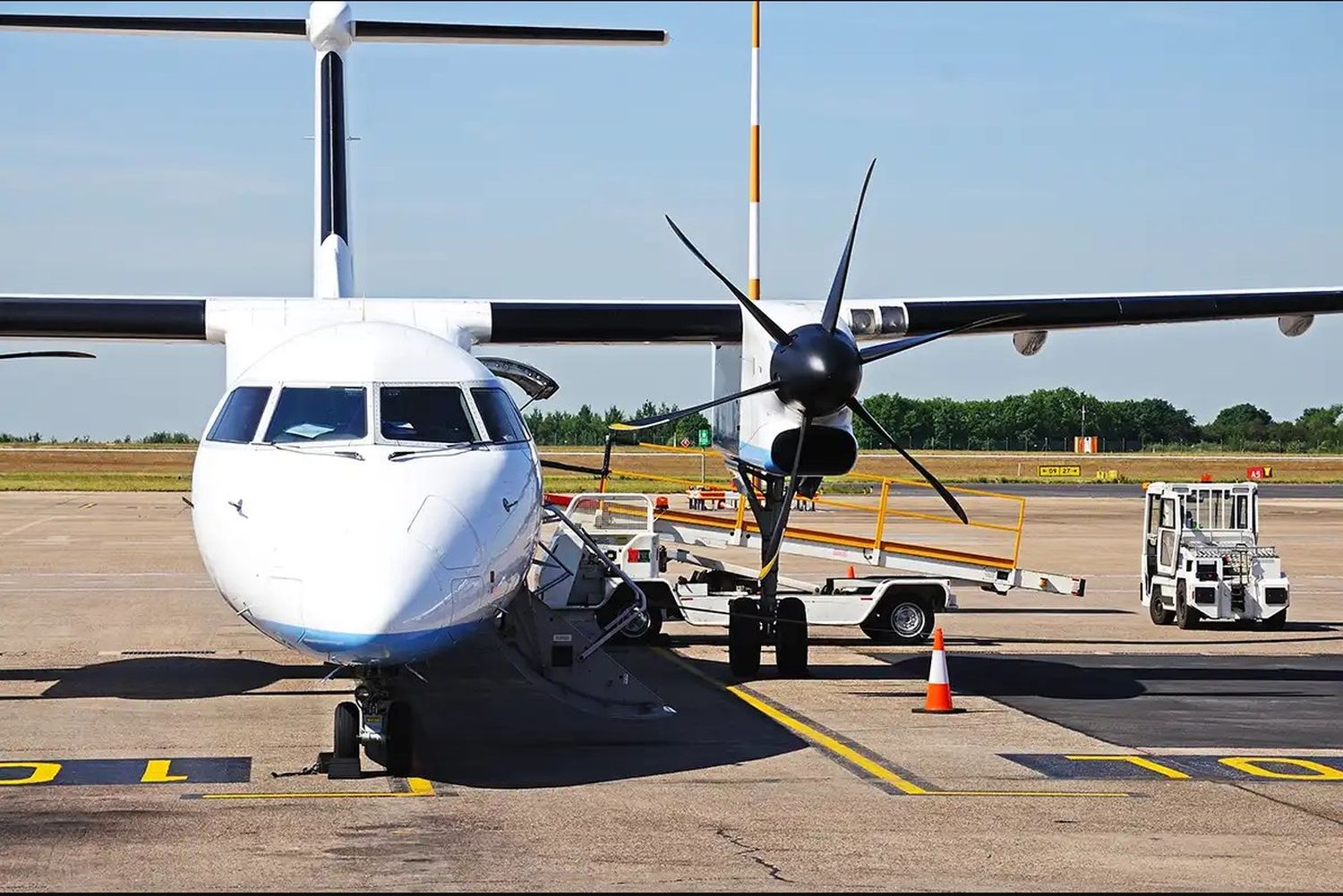With over 41 years of service, the Dash 8 from De Havilland Canada has established itself as one of the most valuable models in the regional aircraft market. Despite multiple ownership changes, the Dash 8 continues to operate worldwide, standing out as the main competitor to Avions de Transport Régional’s ATR 42 and 72 models.
Introduced in October 1984 with the DHC 8-100 model, the Dash 8 was developed by De Havilland Canada to replace the Dash 7, whose maintenance and fuel consumption were less competitive. Equipped with Pratt & Whitney engines, the Dash 8 retained unique capabilities, such as operating in airports with limited infrastructure and on unpaved runways, making it ideal for remote markets.
In 1986, Boeing acquired De Havilland Canada and spearheaded the creation of the Dash 8-300, increasing its capacity from 37 to 57 passengers, and the Dash 8-200, with fuel consumption up to 10% more efficient. However, the program did not achieve the results expected by the U.S. manufacturer, which aimed to secure a large order with Air Canada, and was sold to Bombardier in 1992.
Evolution under Bombardier: the birth of the Q400

Bombardier simplified the branding to Q Series and introduced the ANVS system, which reduced cabin noise and vibrations. In 1995, it launched the Q400, an improved model featuring new avionics, an elongated fuselage, and a capacity for 86 passengers. This aircraft was designed to compete with regional jets on short routes, achieving efficient operations and low costs.
Although Bombardier ceased production of the Dash 8-100, 200, and 300 models in 2008, the Q400 continued as its main offering. In 2018, Longview Aviation Capital Corporation acquired the program after Bombardier had to divest business units due to significant financial losses, returning control of the Dash 8 to De Havilland Canada. In 2021, the manufacturer paused production due to a lack of orders but announced plans to resume manufacturing at a new plant in Calgary, Alberta.
In July 2024, De Havilland Canada received orders for seven new Dash 8-400 aircraft and launched a refurbishment program to modernize 28 units. It also introduced conversion kits for cargo aircraft and combi versions, expanding their usability.
The longest routes of the Dash 8 series
With over 300 units in service across five continents, the Dash 8 remains one of the most sought-after turboprops. Its performance on short and long routes, combined with lower operating costs than regional jets with similar capacities, makes it a competitive option.


It can be observed that Aurora and Yakutia connect small towns in Siberia, which lack ground infrastructure. Conversely, Icelandair and Air Greenland link Greenland and Iceland. Luxair and Spicejet, on the other hand, operate routes with low passenger density or as a complement to the 737.
According to Cirium, it is also used on short routes that last no more than half an hour of flight.

Unlike the longer routes, the shorter connections link two points separated by bodies of water, such as rivers or straits, mostly with connections in Canada and Norway, with the exceptions of Sky Trans (Australia), Cabo Verde Airlines (Cape Verde), and SATA (Portugal).


Comentarios
Para comentar, debés estar registrado
Por favor, iniciá sesión